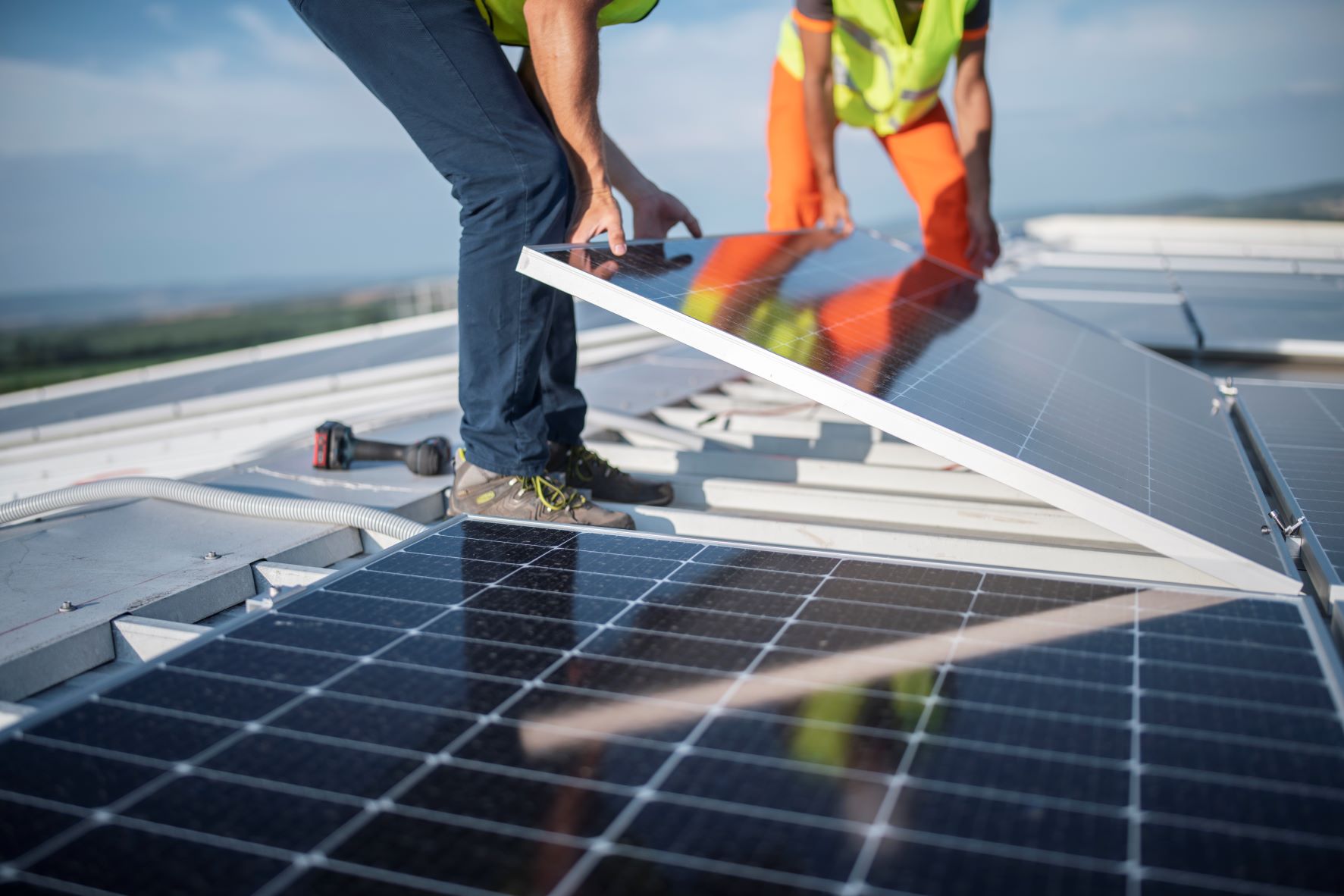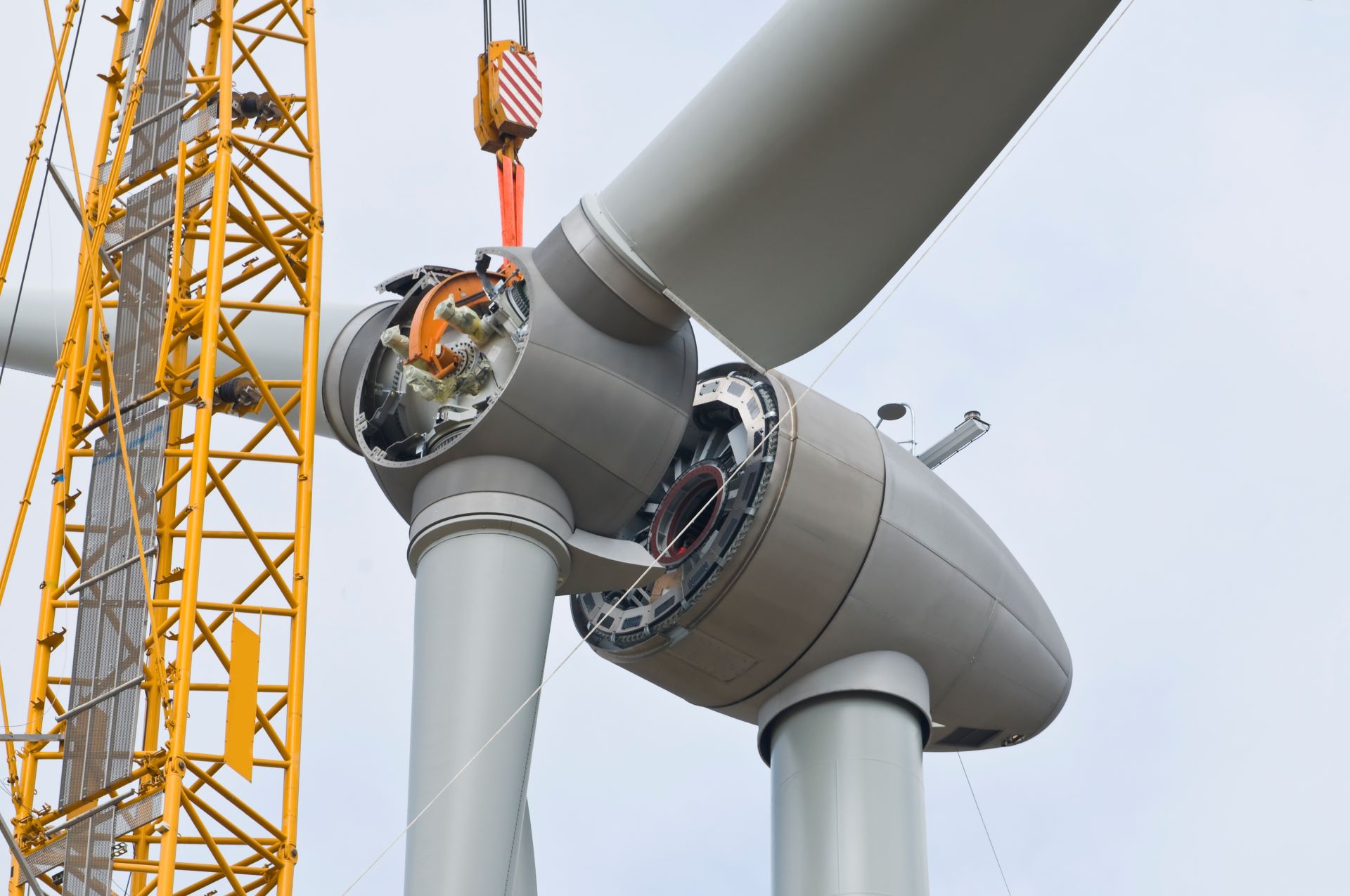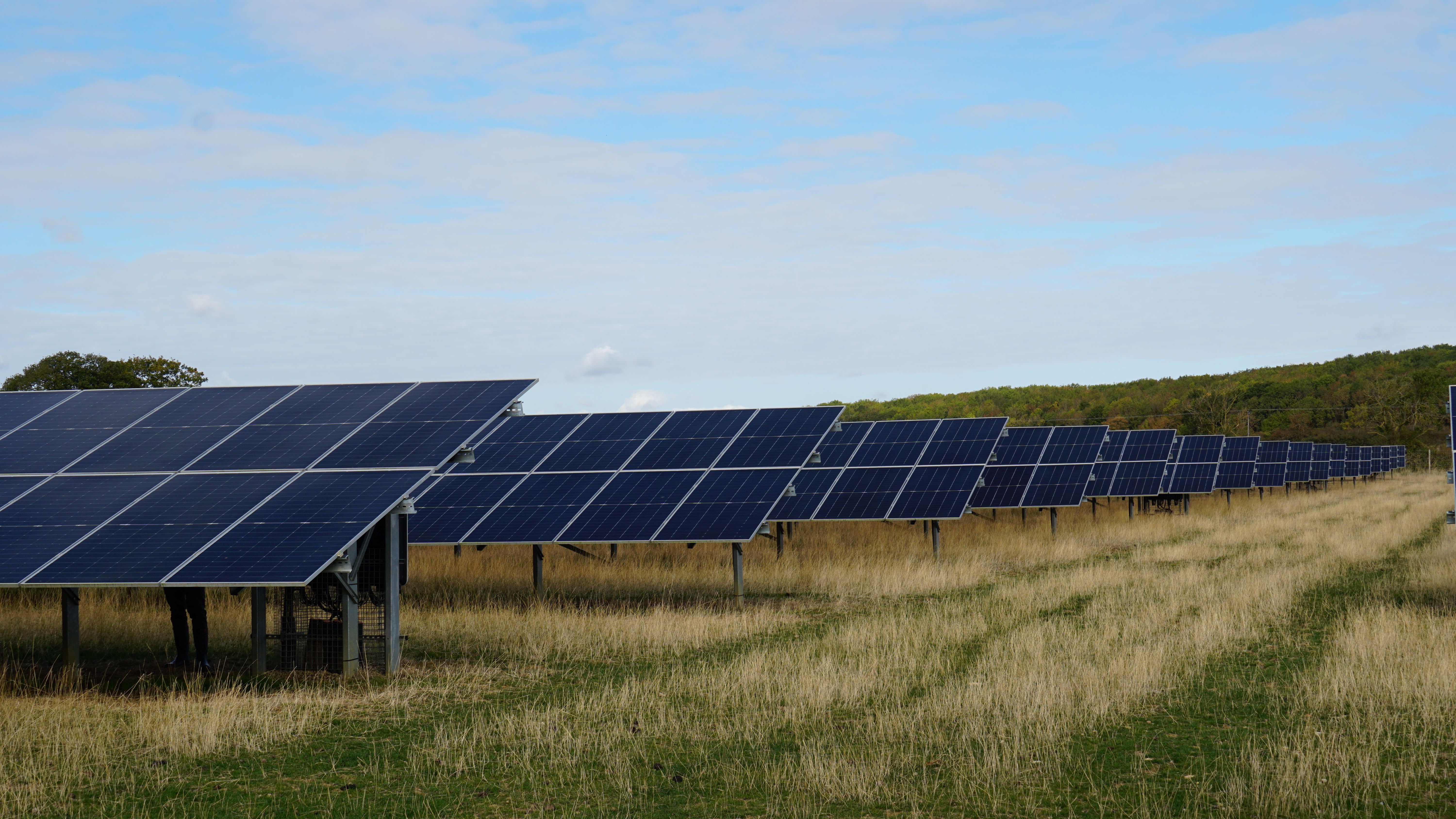Energy outlook: Six key trends for 2023


2022 was a year shrouded in unpredictability for the energy sector and 2023 looks like it is going to be another rollercoaster. Yet 2023 will ultimately be successful for those that can navigate significant risks and seize the exceptional opportunities the energy sector is likely to generate.
Energy security
Energy security remains a significant challenge. The UK needs to prioritise renewable infrastructure investment, as a step back now would be detrimental to our ability to take control of our energy production and our net zero ambitions. We are all fully aware of the knock-on effects of our dependence on global fossil fuels and its prices– let’s not continue to be at the mercy of external factors.
UK Electricity Generator Levy
With the UK Government’s Electricity Generator Levy coming into effect in January, it is concerning that renewable energy operators are facing a windfall tax. This does not address the root cause of the rises in power prices. The government risks putting the handbrake on development of new renewable energy projects, which is the exact opposite of what we need to secure our energy supply, let alone reduce emissions and meet our net zero targets.
UK policy environment
Flip-flopping on fracking, onshore wind, ignoring farmers and the NFU on renewables and food security and re-opening coal mines is not helpful. A thoughtful and stable policy environment is essential for the UK to maximise its renewable generation.
Looking beyond core renewables
Our strong belief is that a diversified portfolio of technologies spanning our nation’s diverse geographies will allow us to harness multiple weather systems on individual days and make supply and power pricing smoother for generators and consumers alike. The UK has wind, sun and water in abundance, we should be using all the core renewable energy technologies available to us. Investments in storage and projects aimed at delivering ancillary grid services are needed in order to make the most of this wealth of natural resources.
Power prices
Until supply and demand rebalance, we will not see any return to normality. Although we expect power prices to remain high and even become more volatile, it is essential to retain a realistic long-term outlook, which will require a solid understanding of the behaviour of power prices in every specific region or geography.
The aftermath of COP27
This is not the time to take our foot off the pedal with renewable energy. No one wants to rely on negative carbon to bring us back from the brink. Renewables are a huge part of the answer and investment must continue to increase substantially from both the Government and private sector.
Click here to find out more about the Energy & Infrastructure team at Downing

2022 was a year shrouded in unpredictability for the energy sector and 2023 looks like it is going to be another rollercoaster. Yet 2023 will ultimately be successful for those that can navigate significant risks and seize the exceptional opportunities the energy sector is likely to generate.
Energy security
Energy security remains a significant challenge. The UK needs to prioritise renewable infrastructure investment, as a step back now would be detrimental to our ability to take control of our energy production and our net zero ambitions. We are all fully aware of the knock-on effects of our dependence on global fossil fuels and its prices– let’s not continue to be at the mercy of external factors.
UK Electricity Generator Levy
With the UK Government’s Electricity Generator Levy coming into effect in January, it is concerning that renewable energy operators are facing a windfall tax. This does not address the root cause of the rises in power prices. The government risks putting the handbrake on development of new renewable energy projects, which is the exact opposite of what we need to secure our energy supply, let alone reduce emissions and meet our net zero targets.
UK policy environment
Flip-flopping on fracking, onshore wind, ignoring farmers and the NFU on renewables and food security and re-opening coal mines is not helpful. A thoughtful and stable policy environment is essential for the UK to maximise its renewable generation.
Looking beyond core renewables
Our strong belief is that a diversified portfolio of technologies spanning our nation’s diverse geographies will allow us to harness multiple weather systems on individual days and make supply and power pricing smoother for generators and consumers alike. The UK has wind, sun and water in abundance, we should be using all the core renewable energy technologies available to us. Investments in storage and projects aimed at delivering ancillary grid services are needed in order to make the most of this wealth of natural resources.
Power prices
Until supply and demand rebalance, we will not see any return to normality. Although we expect power prices to remain high and even become more volatile, it is essential to retain a realistic long-term outlook, which will require a solid understanding of the behaviour of power prices in every specific region or geography.
The aftermath of COP27
This is not the time to take our foot off the pedal with renewable energy. No one wants to rely on negative carbon to bring us back from the brink. Renewables are a huge part of the answer and investment must continue to increase substantially from both the Government and private sector.
Click here to find out more about the Energy & Infrastructure team at Downing

2022 was a year shrouded in unpredictability for the energy sector and 2023 looks like it is going to be another rollercoaster. Yet 2023 will ultimately be successful for those that can navigate significant risks and seize the exceptional opportunities the energy sector is likely to generate.
Energy security
Energy security remains a significant challenge. The UK needs to prioritise renewable infrastructure investment, as a step back now would be detrimental to our ability to take control of our energy production and our net zero ambitions. We are all fully aware of the knock-on effects of our dependence on global fossil fuels and its prices– let’s not continue to be at the mercy of external factors.
UK Electricity Generator Levy
With the UK Government’s Electricity Generator Levy coming into effect in January, it is concerning that renewable energy operators are facing a windfall tax. This does not address the root cause of the rises in power prices. The government risks putting the handbrake on development of new renewable energy projects, which is the exact opposite of what we need to secure our energy supply, let alone reduce emissions and meet our net zero targets.
UK policy environment
Flip-flopping on fracking, onshore wind, ignoring farmers and the NFU on renewables and food security and re-opening coal mines is not helpful. A thoughtful and stable policy environment is essential for the UK to maximise its renewable generation.
Looking beyond core renewables
Our strong belief is that a diversified portfolio of technologies spanning our nation’s diverse geographies will allow us to harness multiple weather systems on individual days and make supply and power pricing smoother for generators and consumers alike. The UK has wind, sun and water in abundance, we should be using all the core renewable energy technologies available to us. Investments in storage and projects aimed at delivering ancillary grid services are needed in order to make the most of this wealth of natural resources.
Power prices
Until supply and demand rebalance, we will not see any return to normality. Although we expect power prices to remain high and even become more volatile, it is essential to retain a realistic long-term outlook, which will require a solid understanding of the behaviour of power prices in every specific region or geography.
The aftermath of COP27
This is not the time to take our foot off the pedal with renewable energy. No one wants to rely on negative carbon to bring us back from the brink. Renewables are a huge part of the answer and investment must continue to increase substantially from both the Government and private sector.
Click here to find out more about the Energy & Infrastructure team at Downing

2022 was a year shrouded in unpredictability for the energy sector and 2023 looks like it is going to be another rollercoaster. Yet 2023 will ultimately be successful for those that can navigate significant risks and seize the exceptional opportunities the energy sector is likely to generate.
Energy security
Energy security remains a significant challenge. The UK needs to prioritise renewable infrastructure investment, as a step back now would be detrimental to our ability to take control of our energy production and our net zero ambitions. We are all fully aware of the knock-on effects of our dependence on global fossil fuels and its prices– let’s not continue to be at the mercy of external factors.
UK Electricity Generator Levy
With the UK Government’s Electricity Generator Levy coming into effect in January, it is concerning that renewable energy operators are facing a windfall tax. This does not address the root cause of the rises in power prices. The government risks putting the handbrake on development of new renewable energy projects, which is the exact opposite of what we need to secure our energy supply, let alone reduce emissions and meet our net zero targets.
UK policy environment
Flip-flopping on fracking, onshore wind, ignoring farmers and the NFU on renewables and food security and re-opening coal mines is not helpful. A thoughtful and stable policy environment is essential for the UK to maximise its renewable generation.
Looking beyond core renewables
Our strong belief is that a diversified portfolio of technologies spanning our nation’s diverse geographies will allow us to harness multiple weather systems on individual days and make supply and power pricing smoother for generators and consumers alike. The UK has wind, sun and water in abundance, we should be using all the core renewable energy technologies available to us. Investments in storage and projects aimed at delivering ancillary grid services are needed in order to make the most of this wealth of natural resources.
Power prices
Until supply and demand rebalance, we will not see any return to normality. Although we expect power prices to remain high and even become more volatile, it is essential to retain a realistic long-term outlook, which will require a solid understanding of the behaviour of power prices in every specific region or geography.
The aftermath of COP27
This is not the time to take our foot off the pedal with renewable energy. No one wants to rely on negative carbon to bring us back from the brink. Renewables are a huge part of the answer and investment must continue to increase substantially from both the Government and private sector.
Click here to find out more about the Energy & Infrastructure team at Downing

Please fill out the form to download the full report
Downing LLP does not provide advice or make personal recommendations and investors are strongly urged to seek independent advice before investing. Investments offered on this website carry a higher risk than many other types of investment and prospective investors should be aware that capital is at risk and the value of their investment may go down as well as up. Any investment should only be made on the basis of the relevant product literature and your attention is drawn to the risk, fees and taxation factors contained therein. Tax treatment depends on individual circumstances of each investor and may be subject to change in the future. Past performance is not a reliable indicator of future performance. Downing LLP is authorised and regulated by the Financial Conduct Authority (Firm Reference Number 545025). Registered in England No. OC341575. Registered Office: Downing, 10 Lower Thames Street, London, EC3R 6AF.






.png)



